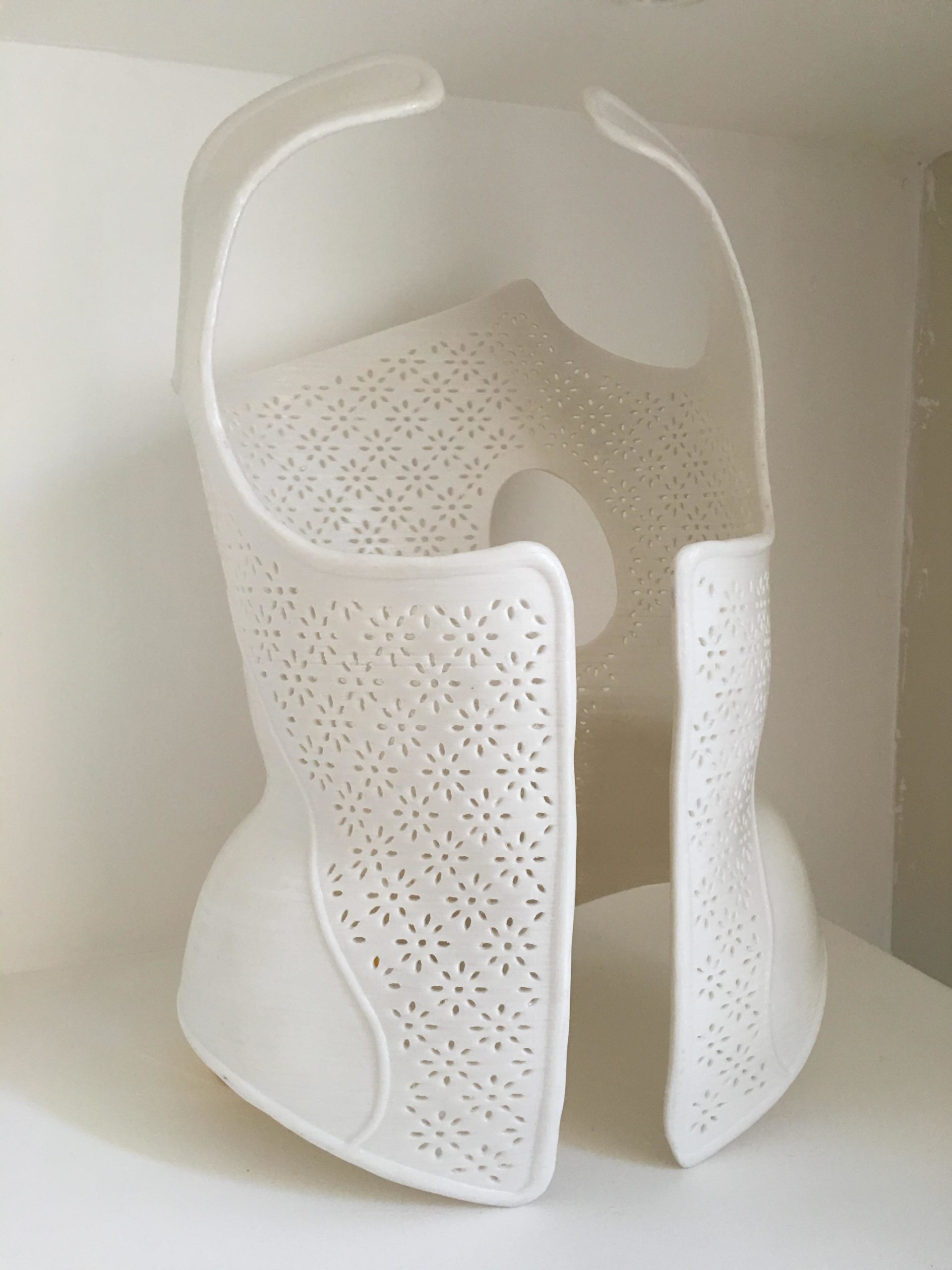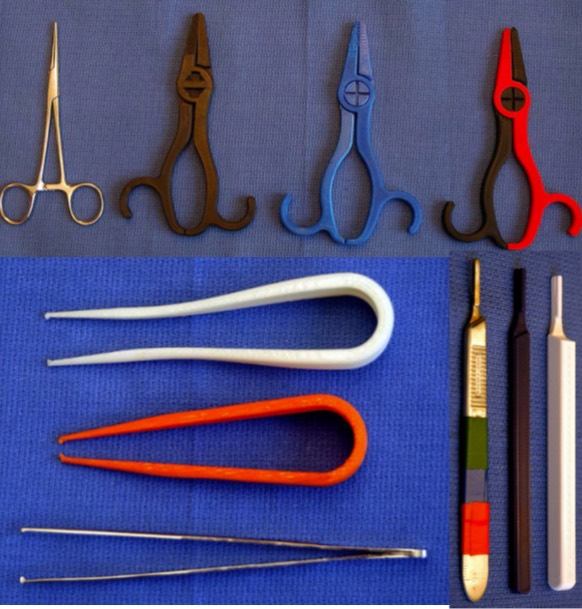Time to read: 4 min
Now that 3D printing is a more developed technology, the advantages it offers in the mechanical world are vast.
But the power of 3D printing isn’t limited to building car parts and iPhone cases. When its vast capabilities of personalization and customization are applied to the medical field, the results are continuously pushing boundaries.
From the deceptively simple to the unbelievably complicated, here’s a look at some of the most amazing advances from the past year.
1. Printing Skin
Skin is the largest organ in the body and the most commonly transplanted material. For the best deep burn recovery, skin is taken from other parts of the body. But what if the burn area is too large?
Enter researchers at the University of Toronto, who designed and built a handheld 3D skin printer that can deposit sheets of skin directly onto the burn wound itself.
The printer reads the depth of the wound and uses that information to choose the correct skin cell ‘ink’. With this method, only a tenth of the size of the whole burn needs to be taken from healthy skin for successful healing.
2. Custom Braces for Scoliosis
Treatments for chronic health problems like Scoliosis often take years, and involve bulky, uncomfortable instruments like braces. Among children and adolescents this causes low adherence to treatment guidelines, which can worsen conditions further down the road.
3D printing’s great strength is in its personalization abilities, and in the same way custom hip replacements and dental implants can be created faster and cheaper than ever before, scoliosis braces can be made to fit the patient perfectly.

More importantly, the braces can be made unobtrusive and even attractive. Young patients quizzed about treatment methods were unanimously opting for the new design over the old fashioned versions.
Making treatment options attractive to patients, especially younger ones, is a huge issue in managing chronic conditions and with 3D printing, patients can personalize their treatment even further.
3. Sterile Surgical Instruments
Health care in remote, developing and low-income areas can be hampered by lack of access to facilities, medicine and basic equipment. Surgical tools, usually made from stainless steel, are one example often out of the price range of many local hospitals.
Researchers from the University of Arizona found they could print a common piece of equipment, an Army-Navy Surgical Retractor, in 90 minutes at a fraction of the cost of the stainless steel version. The plastic version is both sterile when printed due to high temperatures in extrusion, and sterilizable through standard FDA procedure for medical devices.

Access to 3D printers, electricity and the internet would need to be improved in developing countries to realize the full benefit, but the technology opens up many possibilities.
The US Army has been taking the technology one step further and has developed a sterile surgical kit that can be printed in a single build. Supply pods equipped with printers are being sent to engineers on the front lines to better meet demand.
4. Facial Reconstruction Surgery
Facial injuries are traumatic and traditional methods of deformity correction can be more so, with limited results. This doesn’t have to be the case anymore.
A man named Stephen Power from Wales suffered a motorcycle accident that left his face sunken and asymmetrical on one side. Morriston Hospital in Swansea used CT scans to create a symmetrical model of Power’s skull and printed titanium implants to fit in the injured areas. The results of the 8 hour operation were immediate and successful, and open further doors for complicated reconstructive surgery to restore patients’ confidence.
In another story, a baby girl named Violet Petrok, born with a rare condition called Tessier facial cleft, was without a surgeon who could operate on her since the reconstructive procedure hasn’t been widely explored. By scanning and creating a 3D model of her skull, surgeons were able to practice different methods of operation and treatment before safely moving on to a successful surgery.
5. Beating Heart Cells
In addition to printing skin cells, the Wake Forest Institute of Regenerative Medicine, right at the bleeding edge of advances in bio-printing, is also working on printing other tissues, such as the heart. In theory, a tissue like skin is easy to print, as it comes in distinct layers, but other tissues like the liver, kidney, and heart react to specific environmental stimuli in a way that’s much more complicated.
Dr. Atala, who pioneers the bulk of regenerative organ research, may still be years away from producing a full-size and functional heart, but the printed cardiac cells will beat if placed in the correct environment (dependent of factors like temperature) and can also be induced to change beat patterns through electrical stimulus.
Tireless work by the people on the research front lines is constantly advancing the borders of our knowledge and technology. All these innovations were taken from the past 18 months, so with predicted exponential growth over the next year, the possibilities are endless.










